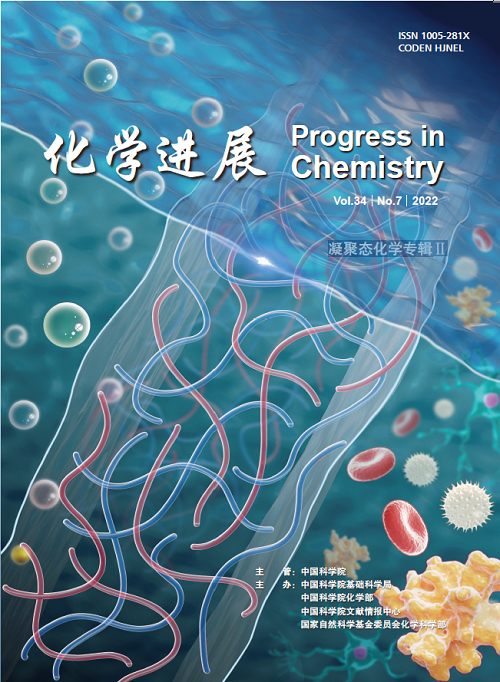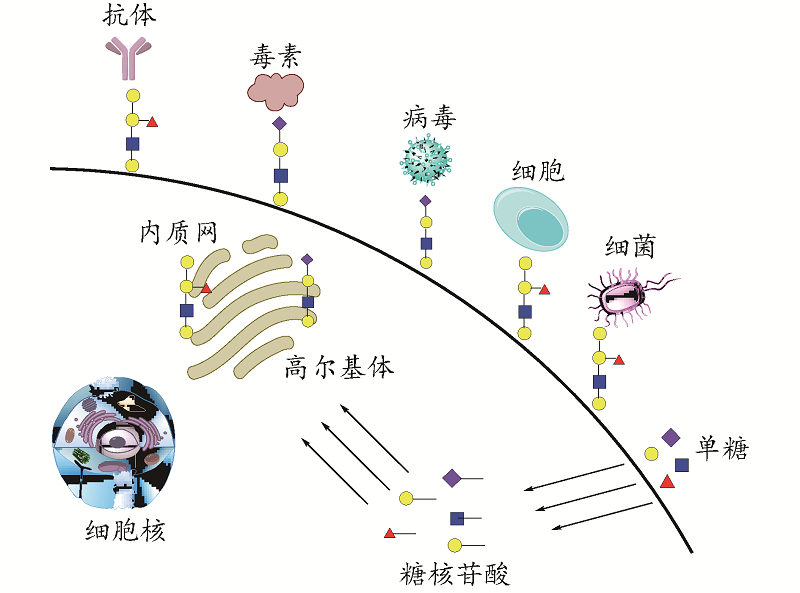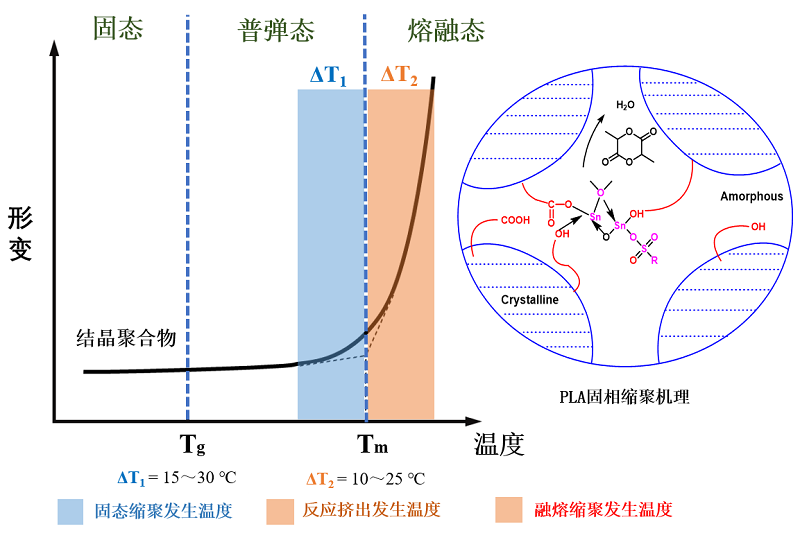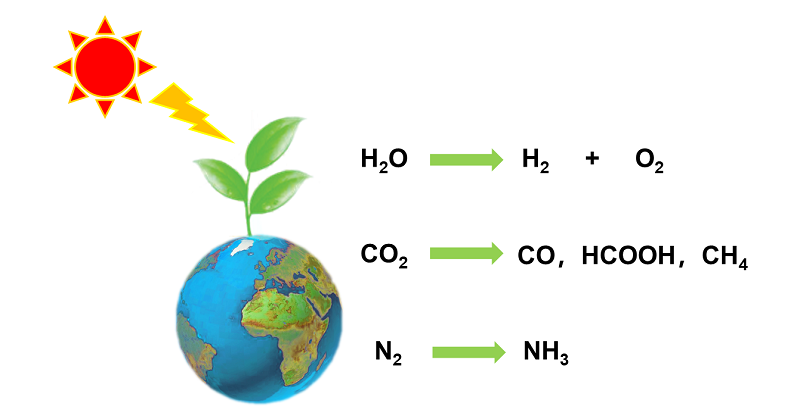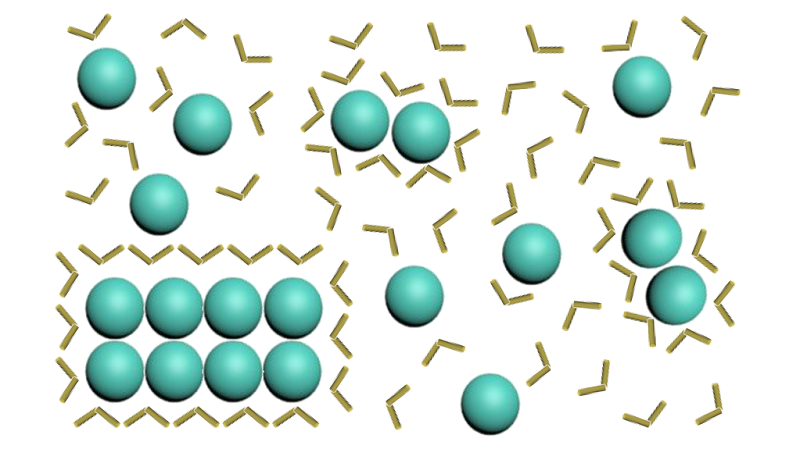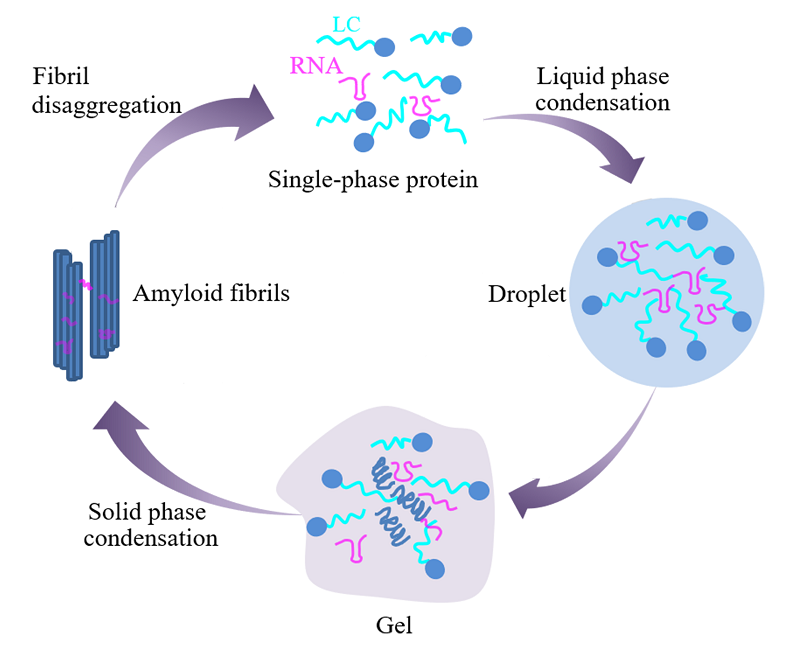Wenfu Yan, Ruren Xu. Chemical Reactions in Aqueous Solutions with Condensed Liquid State*[J]. Progress in Chemistry, 2022, 34(7): 1454-1491.
Liquid water is one of the most important media and solvent for chemical reactions, which is also the main object in scholarly investigation of the chemical reactions occurring in condensed (liquid) matter. The composition, structure, and characteristics of water may vary significantly under different conditions, especially under extreme conditions, which may change both the rates (kinetics) and favorability (thermodynamics) of individual chemical reactions in solution. Thus, the condensed matter chemistry under (normal) mild conditions, hydrothermal conditions, and supercritical water conditions may differ considerably. In this review, we discuss the influences of the composition, structure, and characteristics of liquid water and solution on the chemical reactions within, which includes the state and reactivity of the reactants, processes and mechanisms of reactions, compositions and structures of the intermediate and final products. Examples of these reactions are dissolution and crystallization, double decomposition reaction of salts, acid-base reaction, precipitation, gelation and crystallization, hydrolysis, redox reaction, and coordination reactions. In our discussions, we emphasize that it is essential to consider the chemical reactions occurring in aqueous solutions at the level of condensed matter physical science; and similarly it is also essential to investigate chemical reactions occurring in other types of liquids such as organic solvents, ionic liquids, and molecular substances in molten state. We well understand that this review will result in more in-depth discussions and possibly criticisms about the topics of condensed matter chemistry as well as our perspectives among our peer researchers, which will definitely advance this emerging science in liquids and possibly serve as a base for establishing the new discipline of condensed matter chemistry.
1 Introduction
1.1 Property and structure of liquid water
1.2 Composition and structure of aqueous solution
2 Dissolution and crystallization
2.1 dissolution and conversion of salts
2.2 Solubility under thermodynamics equilibrium state
2.3 Condensed matter chemistry in crystallization
3 Double decomposition reaction
4 Acid-base reaction
5 Precipitation reaction
5.1 Crystalline precipitation
5.2 Non-crystalline precipitation
5.3 Non-crystalline nickel borate
5.4 Silica gel and amorphous SiO2 precipitation
6 Gelation and crystallization
6.1 Polymerization of aluminosilicate
6.2 Hydrated aluminosilicate gel and crystallization of zeolites
7 Hydrolysis reaction
8 Redox reaction
8.1 Redox reactions of media water
8.2 pH and redox potential
8.3 Disproportionation reactions
8.4 Influence of precipitation on oxidation-reduction (redox) reactions
8.5 Influence of complexation on redox potential
8.6 Influence of trace amount of oxygen on oxidation-reduction (redox) reactions
8.7 Hydration of electron
9 Coordination reaction
10 Conclusion and outlook





